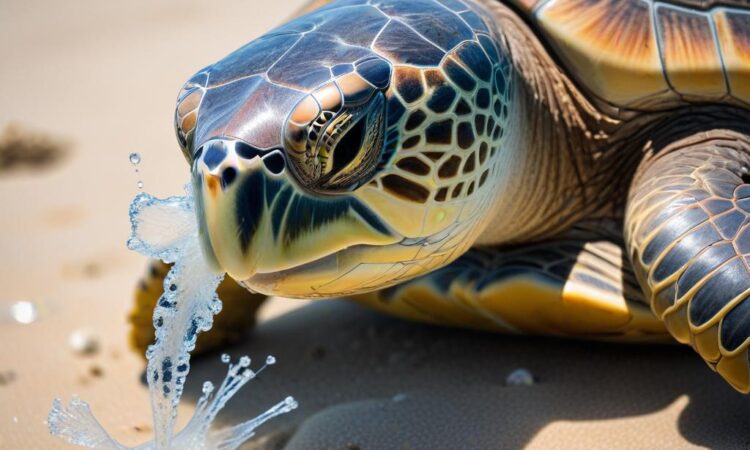Microplastics: A Devastating Impact on Our Oceans
Okay, let’s talk trash – specifically, the tiny, sneaky kind that’s wreaking havoc on our oceans: microplastics. A new study just dropped, and it’s not pretty. We’re talking a seriously comprehensive look at how these itty-bitty plastic particles are trashing marine life, and it’s a wake-up call for us all.
The study paints a pretty grim picture. We’re not just talking about a few stray bits of plastic here and there. We’re talking widespread contamination. Think of it like this: every corner of the ocean, from the deepest trenches to the sunniest surface waters, is probably showing signs of microplastic pollution. And that’s terrifying.
So, what’s the big deal? Why should we even care about these teeny-tiny pieces of plastic? Well, for starters, marine animals are ingesting them. Loads of creatures, from tiny plankton to massive whales, are accidentally eating these plastics, mistaking them for food. And that’s leading to all sorts of problems.
Imagine eating a bunch of tiny bits of plastic every day. Doesn’t sound appealing, right? Well, neither is it for these animals. It can block their digestive systems, leading to starvation. It can cause internal injuries. It can even release toxic chemicals into their bodies, making them sick and weakening their immune systems.
But it’s not just about the direct ingestion. Microplastics are also getting into the food chain. Think about it: a tiny fish eats a microplastic, then a bigger fish eats that fish, and then maybe a seabird eats that fish. The plastics accumulate, building up in the tissues of these animals. And eventually, that pollution could make its way up the food chain… all the way to us.
The study’s findings are seriously concerning, and they highlight a huge problem that needs to be tackled urgently. We’re talking about a global issue that demands international cooperation. We need stronger policies to reduce plastic pollution at its source, better waste management systems, and innovative solutions to deal with the plastic already in our oceans.
This isn’t just an environmental issue; it’s an economic one, too. Think about the fishing industry, the tourism sector, all the people who depend on healthy oceans for their livelihoods. Microplastic pollution threatens all of that.
So, what can we do? Well, for starters, we can all reduce our own plastic consumption. Think reusable bags, water bottles, and coffee cups. Support businesses that are committed to sustainable practices. Advocate for stronger environmental policies. Even small changes can make a big difference.
The study really underscores the urgency of the situation. We can’t afford to ignore this problem any longer. The health of our oceans – and ultimately, our own health – depends on it. We need to act now, before it’s too late. We need to take responsibility and fight this pollution crisis together. It’s not just about saving the sea turtles, it’s about saving ourselves.
This isn’t just a problem for marine biologists and environmental activists; it’s a problem for everyone. It affects our food, our economy, and the health of our planet. The time for complacency is over; it’s time for action.
The study emphasizes the need for immediate and concerted global action. We need to shift our focus from mere awareness to practical solutions. International collaborations, technological innovation, and responsible consumption are key to mitigating the effects of microplastics on our oceans and securing a healthy future for marine ecosystems.
This is a long-term challenge that requires sustained effort from governments, industries, and individuals alike. It’s a battle we need to win, and we can only win it by working together.
Let’s make a real change, one less plastic bottle at a time.

